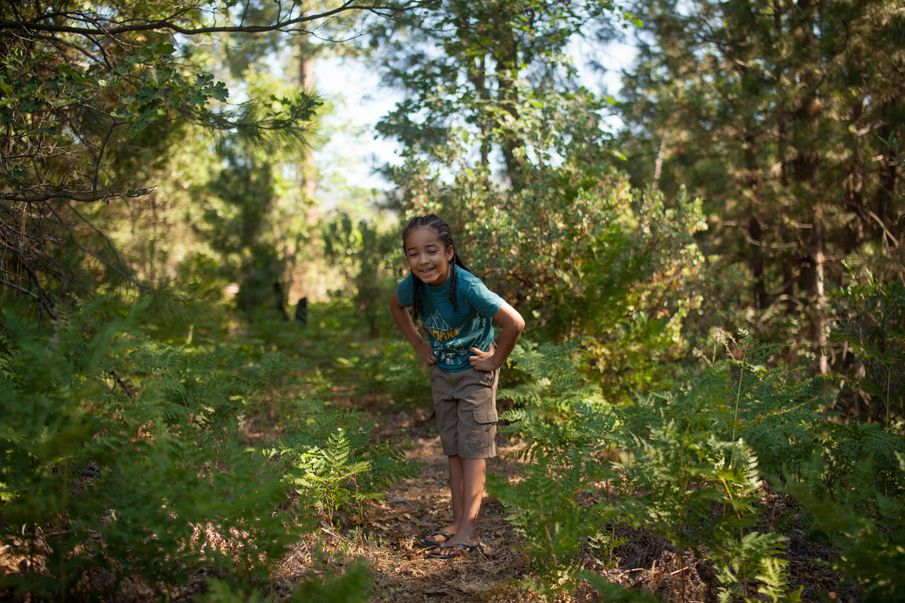Scientists discover that children and young people’s proximity to woodlands significantly contributes towards a lower risk of emotional and behavioural problems, and supports better cognitive development
Researchers from UCL and Imperial College London assessed data relating to 3,568 children from schools across London, reviewing children’s daily exposure to a variety of natural urban environments around their residential area, and analysing responses from a self-reported Strengths and Difficulties Questionnaire (SDQ) and KIDSCREEN-10 Questionnaire.
Exposure to woodland (but not grassland) was associated with higher levels of cognitive development, plus a 16% lower risk of emotional and behavioural problems two years later.
A similar effect can be seen for green spaces (meadows, parks) with higher scores for cognitive development than those living near blue spaces (rivers, lakes and the sea).
Proximity to natural environments at school could also impact adolescents' overall well-being, and researchers took this into consideration, using satellite data to calculate each adolescent's daily exposure rate to green and blue spaces, within 50m, 100m, 250m and 500m of their home and school.

In London, it is already estimated that one in 10 children and young people (five – 16) suffer from a clinical mental illness, so this new data could be paramount to influencing future planning decisions in urban areas to optimise ecosystem benefits, in the hope of supporting future generations.
In one of the largest studies of its kind, researchers studied children aged between nine and 15, noting this period is key in young people developing an understanding and perception of the world, accessing reasoning and emotional intelligence.
Whilst it’s clear from this study that natural environments contribute positively to young people’s mental health and cognitive development as they progress into adulthood, it’s yet to be determined why these environments have that power.
Joint senior author Professor Kate Jones suggests that the benefits of the natural environment on our mental health may be down to audio-visual exposure, "Audio-visual exposure through vegetation and animal abundance provides psychological benefits, of which both features are expected in higher abundance in woodland. Further research is fundamental to our understanding of the links between nature and health."
How to get in touch with nature
Here at Happiful, we’re big believers in the power of nature, so if you want to get back to basics with Mother N, try the following:
- 5 wellbeing benefits of forest bathing
- 6 natural ways to boost your mental health
- How walking can aid recovery
If you or your child is struggling, support is always available. Our where to get help page lists a variety of free resources and listening services, and if you need to talk, you can reach out to a counsellor via Counselling Directory.


Comments